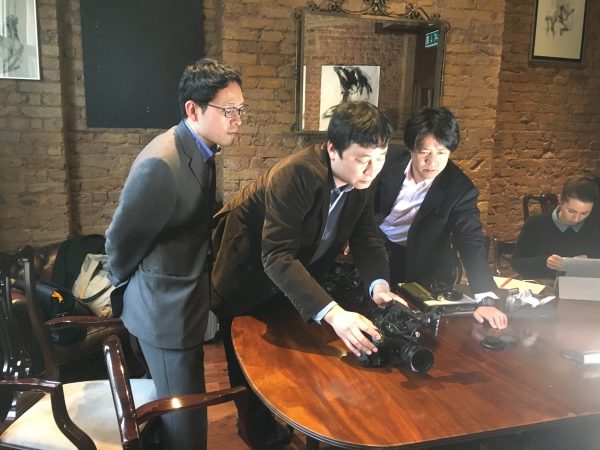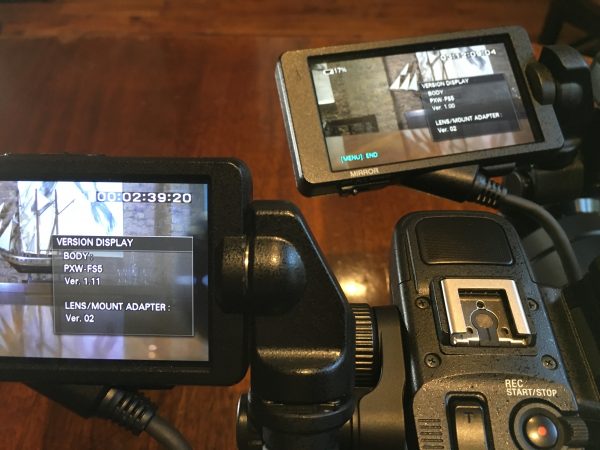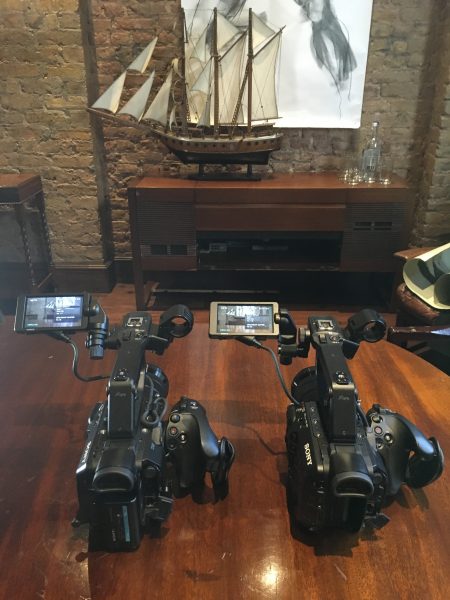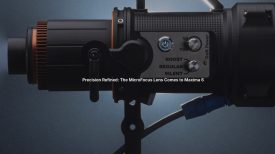Sony today announced their new v1.11 firmware for the FS5 that specifically addresses the tearing and macro blocking issues we reported on in detail here on Newsshooter. Paul Antico of Need Creative Podcast originally brought it to our attention and we subsequently confirmed the issues with our own tests.
The unsightly edge ripping was obvious on lines of contrast at higher gain settings when moving the camera. It could also be triggered when changing the camera’s exposure settings while recording and was apparent while recording both internally and externally via HDMI. It was mostly seen during UHD recording.
The macro blocking phenomenon was obvious during internal recording to SD card. It was most apparent on areas of near-continuous tone and especially skies. The usual granular appearance was replaced by smudged patches of tone. Though it was more obvious in S-Log than standard gammas it was actually present in all.

Earlier this week I was briefed by a team of Sony engineers from Japan who explained to me how they confirmed the issues and worked to address them.

The engineers identified that the macro blocking issues could be fixed by better optimising the codec. After adjusting the compression parameters the results appear much improved. The enlargement in the example from Sony below shows the old and new versions of the firmware side-by-side. I was able to observe the results of the actual images on screen myself and the new firmware did appear much better.

The edge ripping issue was caused by the noise reduction parameters which Sony had previously set within the camera. These NR settings on the FS5 are automatic and aren’t user customisable. They are applied in the camera prior to the image being sent to the memory cards or external HDMI port.
To resolve the issue they have changed these NR parameters. The engineers explained that the FS5 has two types of noise reduction: a two-dimensional one that works on individual frames, and a three-dimensional noise reduction algorithm that works across several images. I was told that the phenomenon is a side effect of the three-dimensional noise reduction. To fix this the Sony team re-balanced the noise reduction parameters.

I was able to test the tearing with the old and new versions of the firmware side by side. From my limited results so far they seem to have fixed the issue. Obviously, more scientific testing will be necessary, but from what I saw, most users will be happy.
As a side note, I did bring up the audio monitoring channel assignment requests that several users have mentioned here on the blog. Hopefully Sony will listen to those too.
It’s great to see Sony addressing the concerns of users and publicly acknowledging when there’s room for improvement in their products. The fixes are very welcome indeed and I am grateful to Sony for being so transparent about their findings and solutions.
The new firmware should be available in the next day or so from the Sony website.
Update: Firmware v1.1 is now available to download here.





